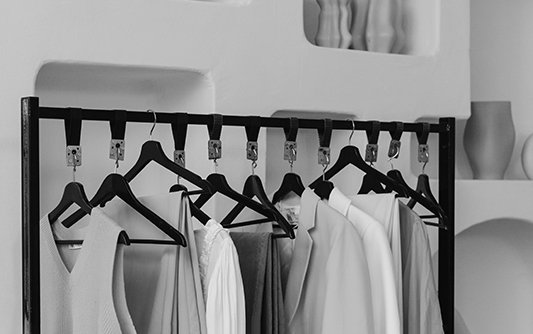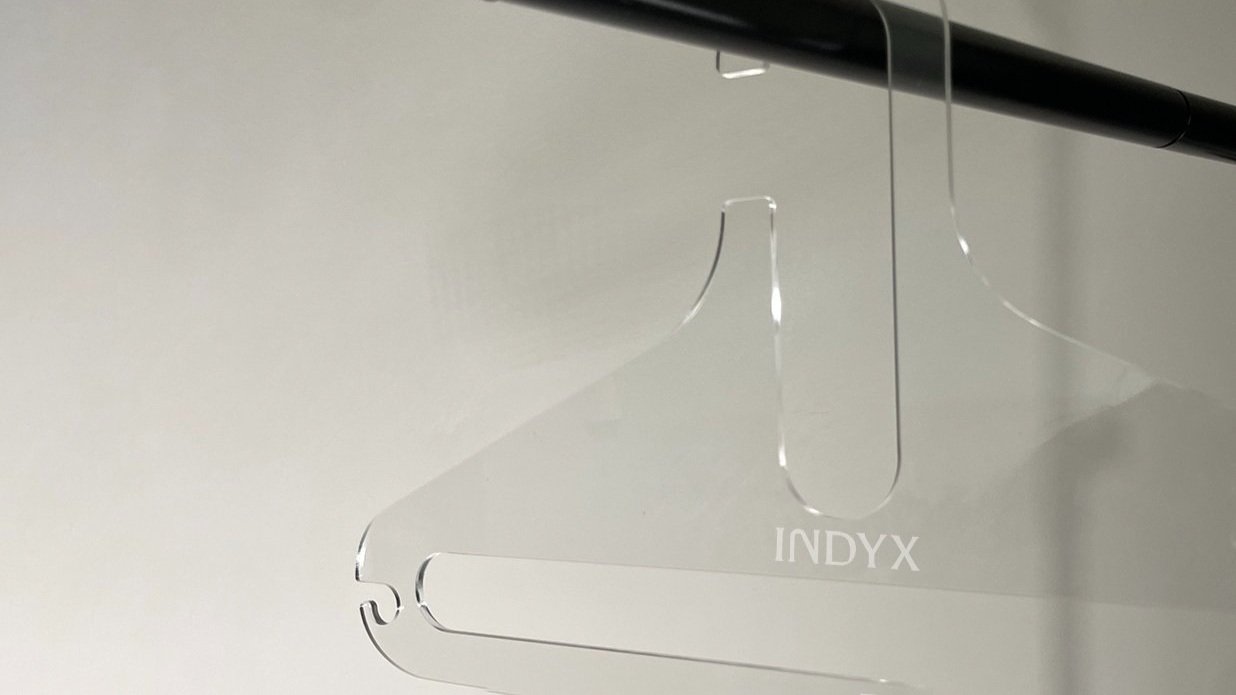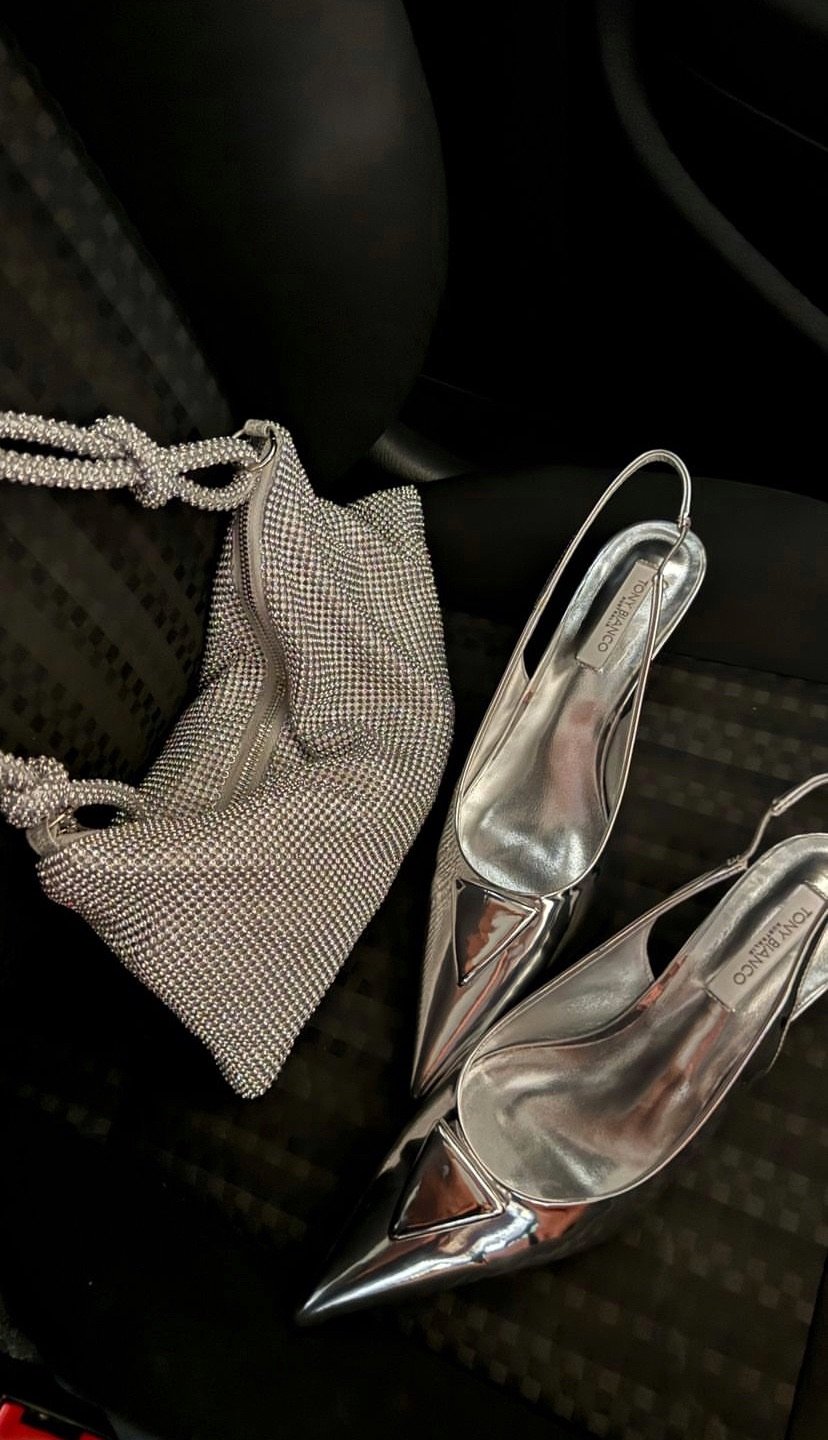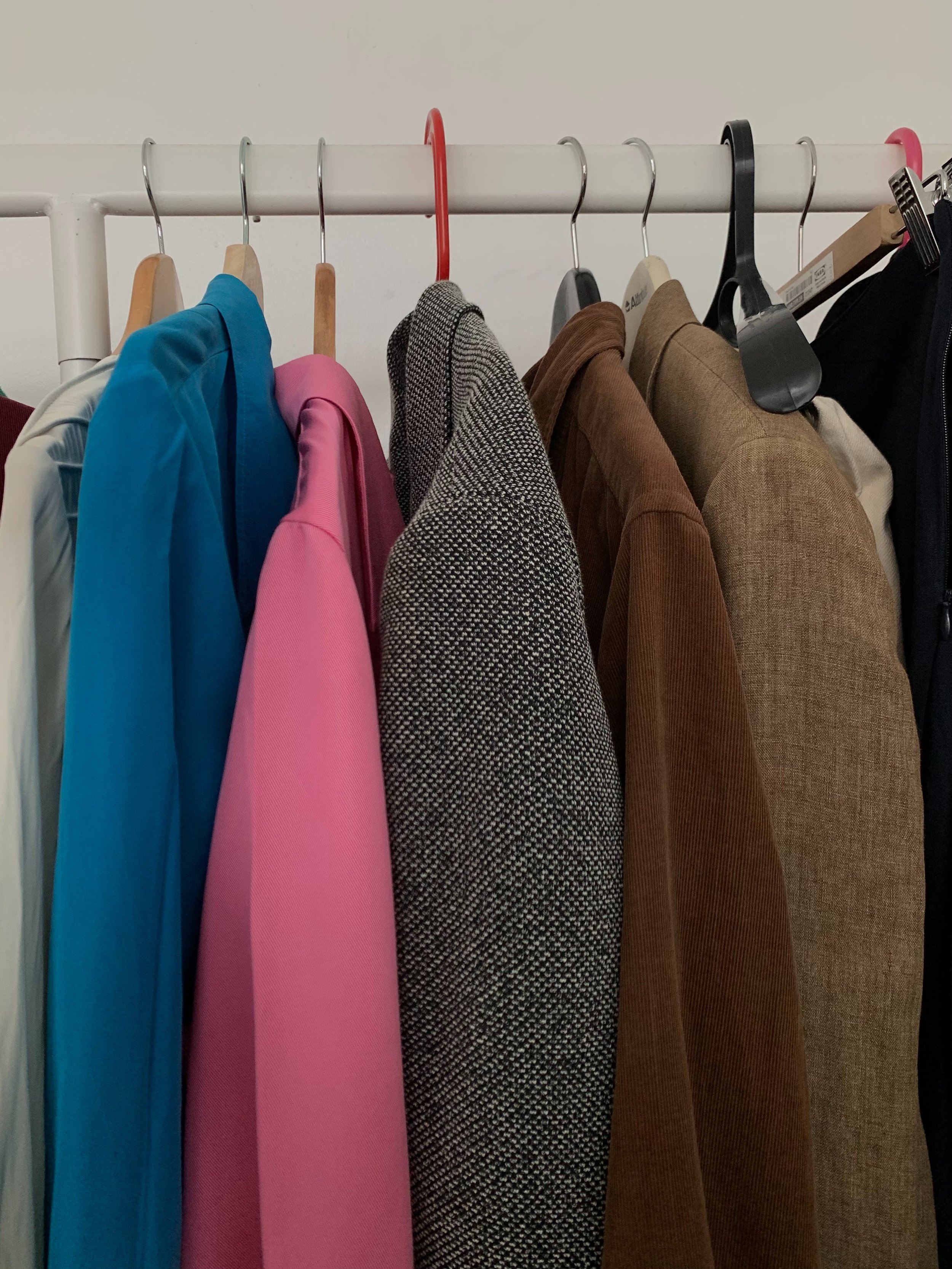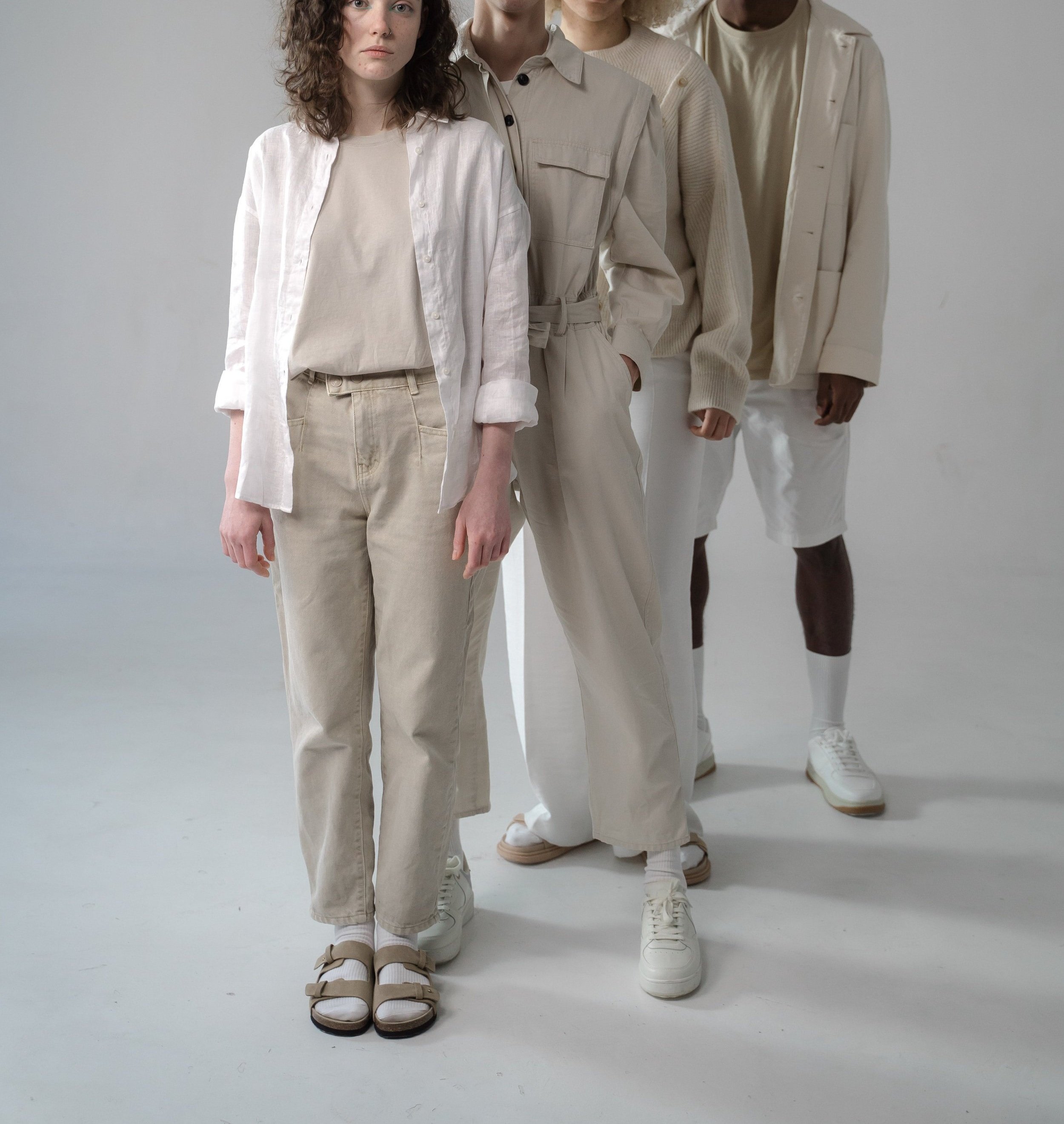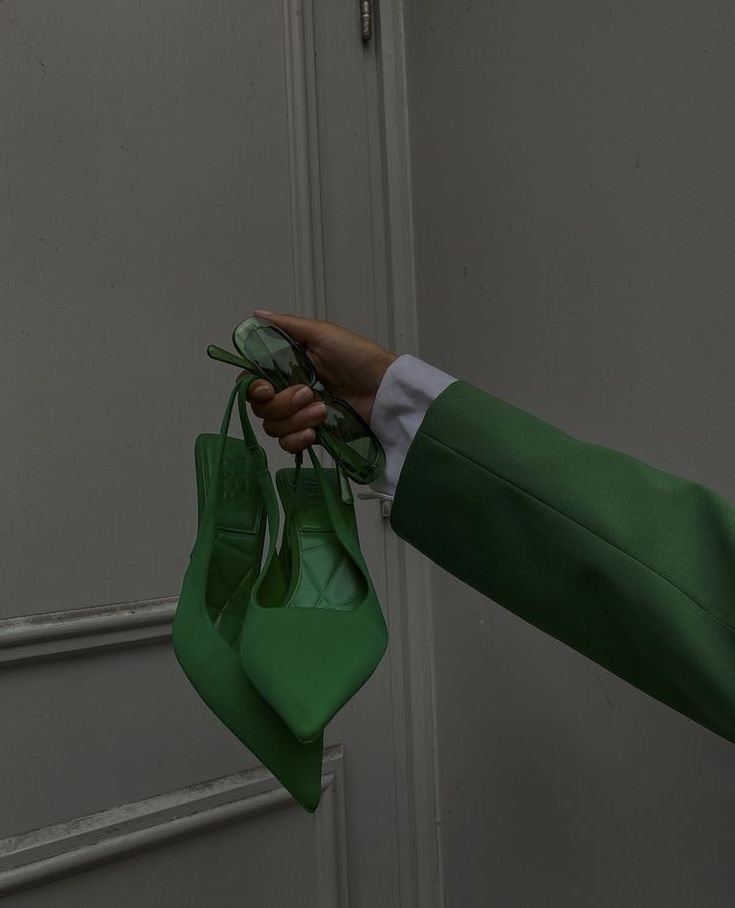Greenwashing or Genuine? How You Can Suss Out Dubious Brand Claims
What was once a hippie, tree-hugging dream has become the fashion industry standard. Millennials and Gen-Z consumers with quickly rising purchasing power are leading the sustainability revolution, and the demand for eco-friendly fashion has never been higher. In a recent report, McKinsey found that 67% of consumers consider a product's sustainability an important purchasing factor. And where there’s demand, there’s supply.
But what happens when looking sustainable is way easier than actually being sustainable? Greenwashing.
We wish we could put it simply, but greenwashing is far from simple. That is why it's important to understand what greenwashing is and more importantly what it looks like so that you can spot greenwashing red flags for yourself and avoid the industry’s worst offenders.
What is Greenwashing?
Greenwashing is when companies or brands make misleading or downright false claims about their sustainability practices to sell their products. These companies tend to focus more effort on simply promoting a green brand image rather than actually minimizing their environmental impact.
The term itself - “greenwashing” - is a play on “whitewashing”, referring to practices that conceal or divert attention from the true issues at hand. Greenwashing is a type of whitewashing that disseminates false information pertaining to the sustainability of a product in an attempt to hide or redirect a narrative. Both terms illustrate coercive actions that attempt to portray something in a more positive light when there is evidence to suggest otherwise.
Why Does Greenwashing Happen?
Companies greenwash because there is a clear incentive for it: the rising demand for sustainable fashion. Bain & Company recently found that 65% of consumers now care about the environmental impact of their clothes. And so, brands who can speak to the sustainability of their products have an advantage over their competitors. Simply put, sustainability sells.
The lengths to which brands will bend the truth for a profit may surprise you. As comedian Hasan Minhaj discussed in an episode of his show, The Patriot Act, when claiming that an item was made of recycled material, some brands were actually referring to the tag on the clothing where the message was written, not the clothes themselves!
If you’re beginning to feel a little paranoid…don’t worry, so are we.
Why Greenwash Rather Than Actually Improve?
Why inflate sustainability claims instead of actually being more sustainable?
We’re not saying that any of these reasons are good ones…but they are honest as to why it happens within fashion brands.
It’s difficult & expensive
It’s not a reason to let them off the hook, but frankly it is difficult and expensive for companies to make meaningful changes towards more sustainable practices.
Many investments in sustainability require big infrastructure or supply chain changes that may or may not make the company money later.
And remember: companies aren’t our friends. They exist to do one thing only, which is to create value for shareholders. It is fundamentally against their business interest to do anything that jeopardizes the size of their bottom line. This isn’t necessarily a value judgment, but it’s the reality of what they are set up to do.
So, in a system where C-Suite executives are compensated based on quarterly earnings, there is little incentive to spend large amounts of money now for uncertain financial benefits later. Sustainability may sell, but it also costs.
Don’t ask, don’t tell
Many times, companies don’t themselves know everything about their own supply chains, and so underlying issues can be easily glossed over.
There are many individual steps that go into making a single product - and commonly, brands only have direct visibility or transparency into the very last one: the factory where the finished product is cut & sewn, because that is the entity they have a direct contract with. And so, if things are in order at that one factory, brands can essentially claim plausible deniability about the whole rest of the chain.
Getting visibility into those prior steps of the process is harder than it may sound, as supply chain transparency is one of those aforementioned difficult and potentially expensive changes needed to drive true sustainability in fashion.
But, if companies have little information on the sustainability of their full supply chain, consumers have even less to be able to judge if those statements are true or false. Without further investigation, it is easy for companies to get away with greenwashing while avoiding public outrage.
It’s complex to communicate
Even when a company is making true efforts to be more sustainable all along their supply chain, production sustainability is a complex topic to boil down to a snappy marketing campaign.
Take a pair of jeans, for example. To understand its production sustainability, we have to know how the cotton was grown, how it was woven into fabric, how it was dyed & washed, how it was sewn into a finished garment, and how far and by what means these materials were transported from farm to mill to factory to warehouse, accounting for things like water and energy use, chemical containment, and ethical labor conditions all along the way.
The decisions that go into what is “better” or “worse” in this complex chain are not always as clear cut as it might seem, and businesses have to make trade offs. For example, producing a product with natural fabric may avoid the use of petroleum products derived from oil, but it often means using *much* more water to produce. What is better?
Even if companies clearly understand the tradeoffs they’re choosing to make and why - which certainly isn’t always the case - publicizing all this detailed information can be even more confusing for consumers. Or, at least it is likely to fall on deaf ears as the average consumer understandably doesn’t have the mindshare to engage with it. It just doesn’t fit on a billboard, Instagram ad, or product hang-tag.
Generalizing or inflating claims is a leap brands make so that their customer hears something and ensures control of the company's brand image.
It distracts from the larger issue
This is a big one.
Fashion companies' business model is to sell more, which means they have to produce more which is fundamentally unsustainable, no matter how they spin it. Greenwashing about how clothes are made helps distract from the larger problem that the business model is inherently unsustainable, all while making the consumer feel better regarding their continuous consumption.
Is Greenwashing Illegal?
We’ve called greenwashing by many names: misleading, deceitful, manipulative…, but is greenwashing illegal? The short answer is no.
It’s a legal gray-zone - while there are laws against false advertising, there isn’t specific regulation on the use of terms like “green” or “eco". This ambiguity allows companies to find loopholes and hide behind vague assertions that walk the very fine line between morally reprehensible and illegal.
We have recently seen a trickle of new lawsuits that may make it more difficult to so blatantly greenwash in the future. Swedish fast fashion retailer H&M is currently walking that very fine line in a new lawsuit brought by a marketing student in a New York federal court for false water usage declarations. The company is accused of up-charging items under the pretense that those products use less water when in fact they used more.
Similarly, beauty retailer Sephora is facing a class action lawsuit for selling products under a “Clean at Sephora” tagline without providing any evidence that they are actually “clean”. If anything, these court cases highlight the need for stronger legislation surrounding “eco” words used in advertisement.
But, there has been little effort by most governments to attempt to handle greenwashing. The European Union has so-far been the leader in attempts at sustainability regulation, and has recently turned its attention to greenwashing. While the current draft legislation tackling greenwashing includes repercussions for companies that are unable to substantiate sustainability claims in their marketing, environmentalists are concerned that the regulations still remain vague on the technical details, leaving those big loopholes wide open.
Why is Greenwashing Bad?
The first-layer impact of greenwashing is how it has dissolved trust between consumer and producer, with almost 50% of consumers distrusting corporations sustainability claims. Understandably so, as people don’t like spending their money on a product that isn’t what it advertises.
The consequent effect of deteriorating trust has led to a new phenomenon: green hushing. Green hushing is the opposite of greenwashing, where companies actually conceal their legitimate environmental achievements out of fear of being accused of greenwashing. What a mess! We’ve ended up in a situation where brands that actually deserve the attention for their efforts are completely overshadowed by the businesses that make unsubstantiated declarations without truly doing the work.
Bigger picture, greenwashing stalls change in the industry, as we become content with the efforts being made and stop demanding progress. It does exactly what it was intended to: divert attention from the real, ongoing environmental damage. We’re so happy to see the brands are using less water, that we don’t stop to ask: at what cost? How much less water? Or even should they have been using water in the first place? The core problem with sustainability in marketing is that it never shows you the full picture.
Finally, we at Indyx worry most about greenwashing serving as a justification for continued overconsumption. Any sustainability claim, real or not, is a marketing tactic that ultimately leads to an undeniably unsustainable practice: consumerism.
Greenwashing can soothe the guilt of buying too much stuff - in fact, it might even make you feel *good* about what you did, as if that purchase had a positive impact on the environment. But make no mistake, even the most “natural, clean, green, non-toxic, eco” item inherently has a negative environmental impact from the sheer fact that it was produced at all.
How To Spot Greenwashing (Or, Our Greenwashing Red Flags)
There is no single sure-fire way to identify greenwashing. After all, many people are getting paid a LOT of money to make sure that we don’t.
Having said that, there are a few major red flags to help you avoid greenwashing:
They use buzzwords without any evidence
Be wary of companies that use vague words that you wouldn’t be able to define with data. You want to look for brands that disclose their sourcing outright and ignore those that offer no explanations.
If you have to ask, “what percentage is made of cotton? Why is your wool sustainable? Made of which recycled materials?” They are likely just inflating their claims to use one of these buzzwords to grab your attention. A few words to look out for:
Sustainable
Eco-friendly
Green
Environmentally friendly
Ethical
Recycled
Biodegradable
Natural
Carbon friendly
Energy efficient
Zero waste
Conscious
Responsible
They use irrelevant claims
A cousin of buzzwords, irrelevant claims are phrases that don’t actually mean anything, or don’t apply to the product anyhow.
Take for example, the term “non-toxic”, as commonly applied to cosmetic products. Do you really think the FDA would allow a product on the market with a known toxic material? If they mean that they are free from some specific ingredient like parabens or sulfates, they should say that. And likely, if that is the case, they won’t miss the opportunity to tell you.
But telling you your deodorant is non-toxic is like saying your water is non-toxic, you would have assumed it wasn’t unless told otherwise. Another favorite among fashion brands is “chemical free”, a term that doesn’t actually mean anything because everything has chemicals. Water is a chemical. It’s a moot point.
They lack third-party certifications
Third party certifications are currently the best available system for brands to legitimize their sustainability claims. Any company that can pass the requirements will do so and tell you about it - kind of like marathon runners.
Some certifications to look out for are: Forest Stewardship Council (FSC), Responsible Wool Standard (RWS), Global Organic Textile Standard (GOTS), Global Recycle Standard (GRS), Leather Working Group (LWG), BCI Cotton, and Bluesign.
They are really loud about how “sustainable” they are
In our experience, the companies that are truly doing the work keep it pretty quiet - they green hush. They aren’t doing it for the purposes of marketing and would rather spend their time and energy creating more sustainable clothes than marketing them. They tend to be super self critical, and are hesitant to publicize something until it is 100% perfect in fear of being labeled greenwashers.
On the flip side, some of the loudest and proudest about their sustainability initiatives are also the worst greenwashing offenders (see: H&M’s “Conscious Collection”). Maybe they think if they just keep yelling, we’ll stop asking questions? To their credit, it’s kind of working.
Their sustainability department falls under marketing
If a company’s sustainability team falls under the marketing, PR or communications department, that is how they see sustainability. You can usually access this information by googling who is in charge of sustainability and check if their title has any reference to a communications based job. Corporations that have an entire department for sustainability or smaller ESG departments within each major department are the ones taking it seriously.
They aren’t able to provide additional information on their products
Spoiler: the FAQ page had no additional information
When brands fail to answer more detailed questions or provide additional information on the production process or sourcing it’s because they either don’t have the information (bad) or know the claims are false (worse).
The best businesses will have the entire sourcing story right on the product page in a way that is easily understood by the average consumer, but even those that don’t should be able to answer your questions.
Brace yourself, because we know we’re going to hit a fan favorite. As an example of what this looks like, when Indyx co-founder Devon reached out to Sezane concerning the sourcing of their Mohair she didn’t receive any additional information or evidence that would show they are not sourcing from South Africa, where known animal abuses have occurred. Sezane is a brand that benefits off of a sustainable slow fashion image and yet when pressed, couldn’t give a better answer than brands like Shein and Zara.
They push new products all the time
We’ll say it again: no fashion brand is ever truly sustainable because they all depend on people buying more - but some companies are worse than others. Fast fashion brands that are launching new products every single week can NEVER be sustainable. And if they are claiming otherwise then that, to us, is greenwashing.
They have a “sustainable collection”
Many brands now have collections that focus on sustainability, like H&M’s Conscious Collection or Gucci’s Off the Grid, but why wouldn't they make their entire collection sustainable? They are trying to gain the benefits of being seen as a sustainable brand without putting in the work and investment to truly be more sustainable top to bottom.
They don’t take responsibility for their product after it’s sold
Brands’ sustainability efforts often focus solely on the production of a product, but that is only one piece of the puzzle. Truly sustainable companies take responsibility for the full lifecycle of their products.
If a brand doesn’t have repair services, recyclable or minimal packaging, take back or buy back programs - *something* that shows commitment to minimizing their impact even after your dollars have hit their bank account - they are greenwashing.
It Seems Like….Everything is Greenwashing? What Should I Do?!
Yes, under this definition, a LOT of the fashion industry is greenwashing.
A website we like to find brands that are putting in the work and showing the receipts is Good On You. We also trust Lakyn Carlton’s Where 2 Shop guide for specific brand suggestions.
But always remember, the most sustainable thing you can do is to slow down your consumption. It doesn’t matter at all how “sustainably made” a thing is, if it is just going to sit in your closet unused until you eventually toss it. This can be hard to do when you’re constantly exposed to new trends and clothes, but we have a few tips to help.
Rewear what you have more
We’re willing to bet there are a lot of outfits in your wardrobe you haven’t put together yet. It can be hard to see your closet in a new way, but on Indyx when you can visualize your entire wardrobe and easily mix and match pieces you’ll find the joy in dressing up again.
If you want help seeing those possibilities, our Indyx personal stylists can help you with that. I’d suggest a subscription to The Feed, which for just $15 a month gets you 2 new professionally styled outfits every single week!
Take care of what you have
Focus on extending the lifecycle of your products by treating them with care and like something you want to pass on to your kids or nieces.
Follow your clothes laundry care instructions - they’re there for a reason! And if you feel certain items are too high maintenance, consider passing them on by reselling. Check if there are any items you aren't wearing because they need repairs and cross that off your to do list to give yourself more outfit options.
Buy secondhand
When you do need something new, choose to buy something old. That way you extend the life cycle of the product while also spending less money. Secondhand is the only way to find those pieces that will have strangers stopping you on the street to ask you where you got it and then hating you for saying “it’s thrifted/vintage”.
Buy better
Whether you buy secondhand or end up buying new from a brand, it’s important that what you buy doesn’t end up in the donation bin a month later. Gaining a better sense of your style will take you a long way in realizing what items are actually worth your money and would unlock new outfits in your wardrobe.
Our Style Workshop is an incredible place to start in defining your unique personal style, and ends by walking you step-by-step through building an intentional wishlist. If you’re looking for a little more 1:1 attention, you can work with one of our stylists with a subscription to The Feed or with a one-off Lookbook to get some totally personalized suggestions on what additions would have the greatest impact on your closet. Just download the Indyx app for free on iOS or Android to get started.
Find new owners for things you’re not wearing
Resell items you aren’t wearing and contribute to a more circular economy, ensuring that your items are going directly to someone who actually wants them. You can sell your cataloged items with just a few clicks directly on the Indyx app and keep 100% of your profit.
Learn more about how to decide what to do with your unwanted items, and the hidden dangers in donating
Greenwashing can make you feel shopping is like walking through a minefield - and it kind of is. While new legislation is being debated and hopefully legal precedent is being set, these tools will help you avoid shopping when you can and spot greenwashing when you must. Doing good shouldn’t be this hard, but we’re here to help where we can.
Rebecca is a fashion stylist and writer, recently graduated from the University of California, Berkeley, and currently living in London. She enjoys reading, skiing and having people cook for her.










